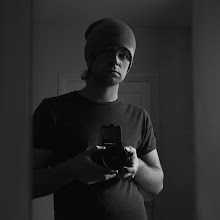I am really happy that our new part time lecturer is a professional photographer doing freelance. Ben Robert gave me a lot of inspiration, really great tips and tricks. Our task for this project was to play with the lighting sources in an interesting way. We should consider which kind of lighting we will use to practice natural daylight, professional studio equipment, usual home torches or something else. I have decided to make an unusual experiment. I have recently seen a Pika Pika video short film on youtube and then read an article about artists who were drawing with the light. And about Pablo Picasso as one of innovators of this technique.
I was greatly interested in the technique probably because I understood the method when watching the video for the first time. It was such a simple and fun thing to do that I just could not hold myself from doing that. So I have started with buying pocket light souses for the project. It was not that easy. There was nothing really suitable in the Mall and I thought about Ben’s tip: “Be fresh with you ideas and use creativity to solve problems”. I went to Bury Park and found some very cheap and suitable LED Lights. I bought about 10 of different once. Next step was to find an assistant. I asked my class mates to do the project together told them that I have an interesting idea for it. Anastasia Gusiatina was the first person I asked and she said “Yes” without thinking.
So after two evenings of cooperation and about 6 hours of shooting we had about 400 images to work with. And here is what we achieved:
Kit: Nikon D80, Af 18-135 f/3,5-5,6 G zoom lens, tripod, wireless tripod, laptop, Photoshop CS3, LED lights.




















